Advanced IoT in Retail from SIMON IoT
Tracking technology, store cameras, and other IoT sensors collect valuable information to businesses that can create a better customer experience and drive sales growth. In order to gain these insights, these devices need SIM cards and reliable connectivity, and that’s what we provide at SIMON IoT. Learn more about SIMON IoT in retail.
Talk to us!What SIMON IoT Brings to the Table for IoT in Retail
Dependable Connectivity
We have multiple tier-one carriers that are sure to provide your operation with the breadth of coverage you need for your transportation solutions.
Transparent Pricing
We don’t believe in hidden charges. The numbers you see on our pricing page are what you get.
A Portal to Manage Your Data Usage
To help you manage your IoT data, we have features on our portals that allow you to see live data usage metrics. You can also protect overage charges with data guard settings.
Data Plans Tailored to Meet Your Present Needs and Future Changes
Our data plans are centered on fair pricing and optimum connectivity. We don’t lock you into a plan, and that allows you to adjust as your transportation business grows and adapts.
What IoT in Retail Has to Offer:
IoT retail use cases are growing all across the globe—and online. Companies are using IoT in their brick and mortar layouts as well as on their websites to improve relationships with customers, increase efficiency, and increase profits across the business. These IoT retail use cases are the just the beginning of how IoT can be used in your retail business.
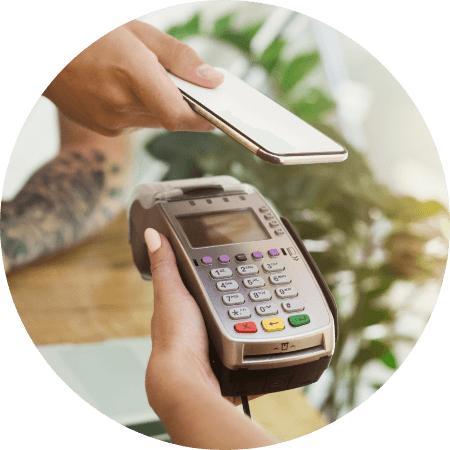
Point-of-Sale Failover
When a customer swipes their credit card, the machine processing the payment transmits information quickly with the customer’s bank. Usually this information sharing occurs over a broadband network, but sometimes the primary internet connection goes down.When the wired internet at a store or branch location fails, the cellular modem takes over, keeping critical applications and retail terminals running.
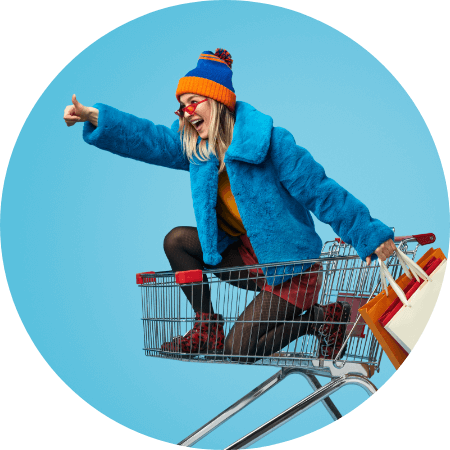
Customer Relationship Management
With smart retail, it is easier to collect data on customer purchases and combine that with contextual clues to draw patterns and insights on customer purchases and better understand what they want to buy. Retailers can target advertisements to specific groups of customers, increase the supply of fast-selling products, and create product offerings that meet this demand. For instance, smart retail stores are installing buttons by their exits where customers can rate their experience at the store as bad, fair, good or great.
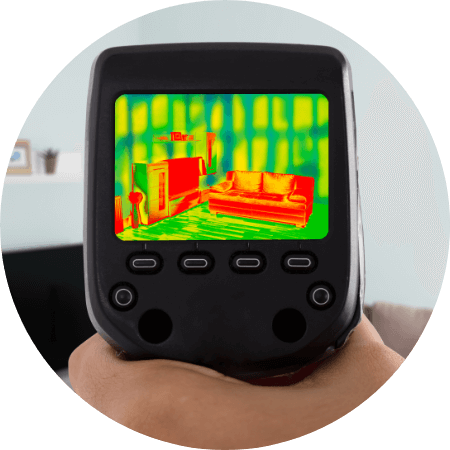
Store Layout Strategy
IInfrared sensors and cameras can provide valuable insights about where customers spend most of their time. This data can be sent to an IoT platform and analyzed to better optimize display for customers and enhance the customer experience. Now, that is smart retail. IoT can improve every aspect of your business, including the storefront.
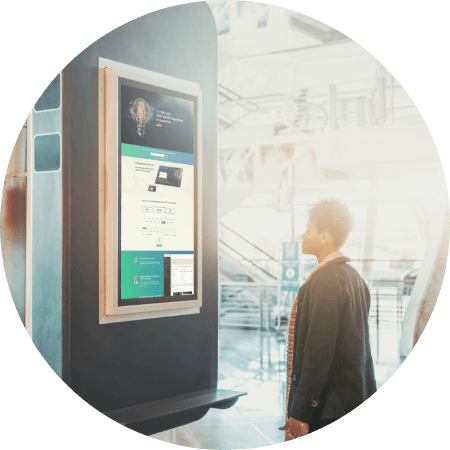
Smart Signs
If you have visited a large shopping mall recently, it’s likely you have seen or used a digital signage display. These displays are used for conveying real-time information, helping customers navigate around stores, and advertising products.
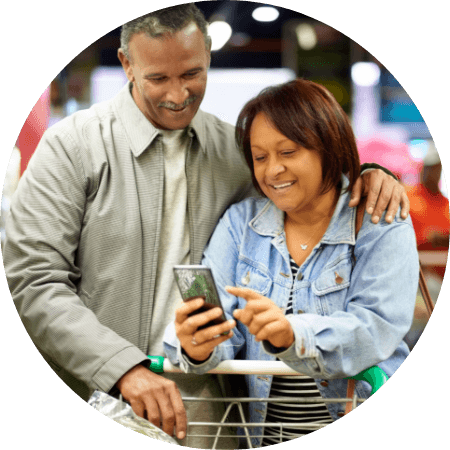
Beacon Alerts
Retail stores have begun placing devices inside of stores that are programmed to advertise a product. Through bluetooth technology, these alerts can be distributed to smartphones. They let customers know about key sales, where to find that product, and can reach a large targeted audience more quickly.

Smart Retail Shelves
Stocking takes time, but so does the step before stocking: keeping track of inventory. Smart retail shelves can track the weight of the goods kept on them, and use the weight to determine when items need to be restocked. These smart shelves can then send a signal to alert an employee to restock the item.
SIMON IoT provides transparent pricing and a user-friendly data portal to make our IoT connectivity your best option for improving your IoT in transportation management process and moving your business forward.
View Our PricesSIMON Says:
Send us a quick message and a helpful human will get back to you with more information.JOIN THE IOT REVOLUTION
and become a part of our thousands strong IoT community